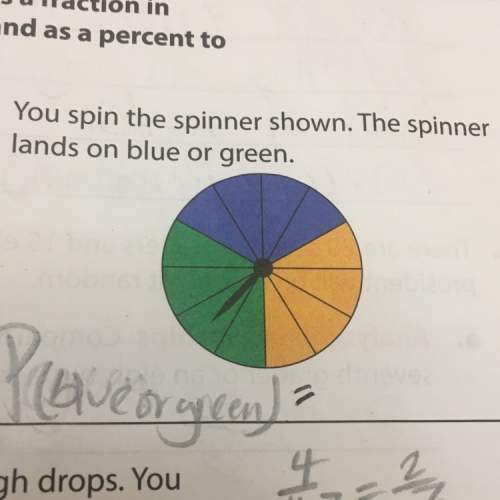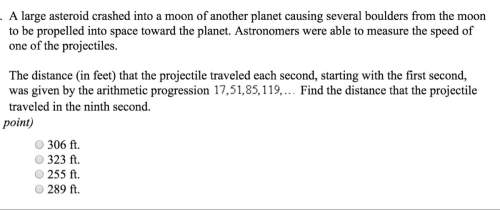
Mathematics, 19.09.2019 23:30 winterblanco
Amplifiers. (i) find the transfer function (for part (a), a(s) = vout/iin; for part (b), a(s) = vout/vin) and draw the bode plot describing this transfer function for the following circuits. label everything clearly (specifically: mid-band gain, 3db cutoff frequencies, slope of roll-off, etc.) and show all of your work. you can make any reasonable assumptions you wish, but make sure to clearly state them. assume that all op-amps are ideal. (ii) find the input resistance of both circuits, assuming ideal op-amps. your answers should be in symbolic terms to the extent possible.

Answers: 2


Another question on Mathematics


Mathematics, 22.06.2019 05:00
Rachel is baking a cake but does not know if she wants to make a round or a square cake which cake has a larger area a round 8 inch cake or a square 9 inch cake
Answers: 3

Mathematics, 22.06.2019 05:00
Each flyer costs $0.25. our total budget is $555. it will cost $115 for other supplies. about how many flyers do you think we can buy? a.)less than 1,000 flyers b.)between 1,000 and 2,000 flyers c.)10,000 flyers d.)greater than 2,000 flyers
Answers: 2

Mathematics, 22.06.2019 05:10
Select the correct answer from each drop down menu a marketing company conducted a survey to assess the audience response to different aspects of a new advertisement. the company randomly chose 100 people to watch several advertisements of different lengths. the respondents were asked to note which ads they disliked. the table shows the survey results duration of ad number of viewers (seconds) who disliked ad 60 relationship between the duration of advertisements and the correlation coeficient for this data set is close to based on this information, we can conclude that there is a the audience dislong them reset next
Answers: 1
You know the right answer?
Amplifiers. (i) find the transfer function (for part (a), a(s) = vout/iin; for part (b), a(s) = vou...
Questions



Mathematics, 28.01.2021 20:10




Chemistry, 28.01.2021 20:10




Biology, 28.01.2021 20:10

Mathematics, 28.01.2021 20:10













